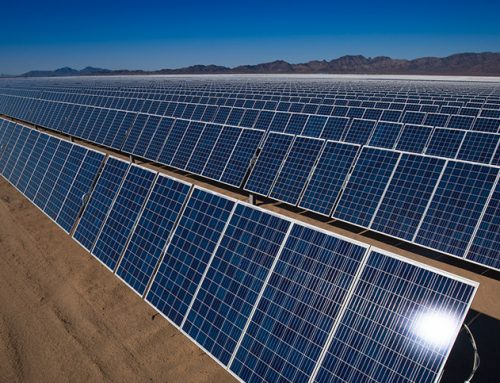BLOG
Trump Orders DRECP Review, Jeopardizing Eight Years of Consensus-Building
By Claudia Sall and Mariana Maguire
Published: 2018
In 2011 federal and state authorities began studying criteria for the development of utility-scale renewable energy on public and private lands within the California Desert as part of the periodic Land Use Plan Amendment process. With input from advocates, they also sought to establish additional conservation areas to be off-limits to development. This joint effort – a first-of-its-kind to balance development and conservation at a landscape level – led to the Desert Renewable Energy Conservation Plan (DRECP).
Over an eight-year period, stakeholders from the public, non-profits, recreation, business, industry, labor, and local governments came offered comments to shape the DRECP. In the fall of 2016, the DRECP was finalized and a Record of Decision (ROD) was filed in the Federal Register.
It was widely agreed that the DRECP provided a workable balance to public land use and management desert-wide and that any adjustments that might need to be ironed out could be done in implementation. After eight years of discussion and planning, stakeholders were glad to move forward and put the Plan to work. One particularly telling sign was that no organization or entity filed a lawsuit against the Plan.
Then, in March 2017 President Trump issued Executive Order 13783 Promoting Energy Independence & Economic Growth, directing federal agencies to rescind previous energy and climate-related Presidential regulations, and clear the way for more ill-advised domestic energy resource extraction. In February 2018 the Administration followed this general directive with a Notice of Intent (NOI) to amend the DRECP. This NOI specifically requires the Bureau of Land Management (BLM) to review the DRECP. To that end, BLM has reopened the DRECP and announced a schedule of scoping meetings to solicit written public comments.
The problem is that this reopening of the Plan disregards the 16,000 comments offered over the eight years of study and negotiations, carefully won consensus among entities involved in the planning process and the conservation priorities of many desert community members. The Administration is presenting itself as a friend of public process, when in fact it is throwing out years of public process and casting the future of our public lands into uncertainty. For both conservation and development alike, uncertainty is no friend.
There’s reason to believe that reopening the DRECP to greater energy development will not necessarily benefit renewable energy, as this Administration has made its preference for oil and gas very clear.
The DRECP needs to be allowed to work, and eight years of taxpayer-funded effort with multiple rounds of public outreach must be honored.



